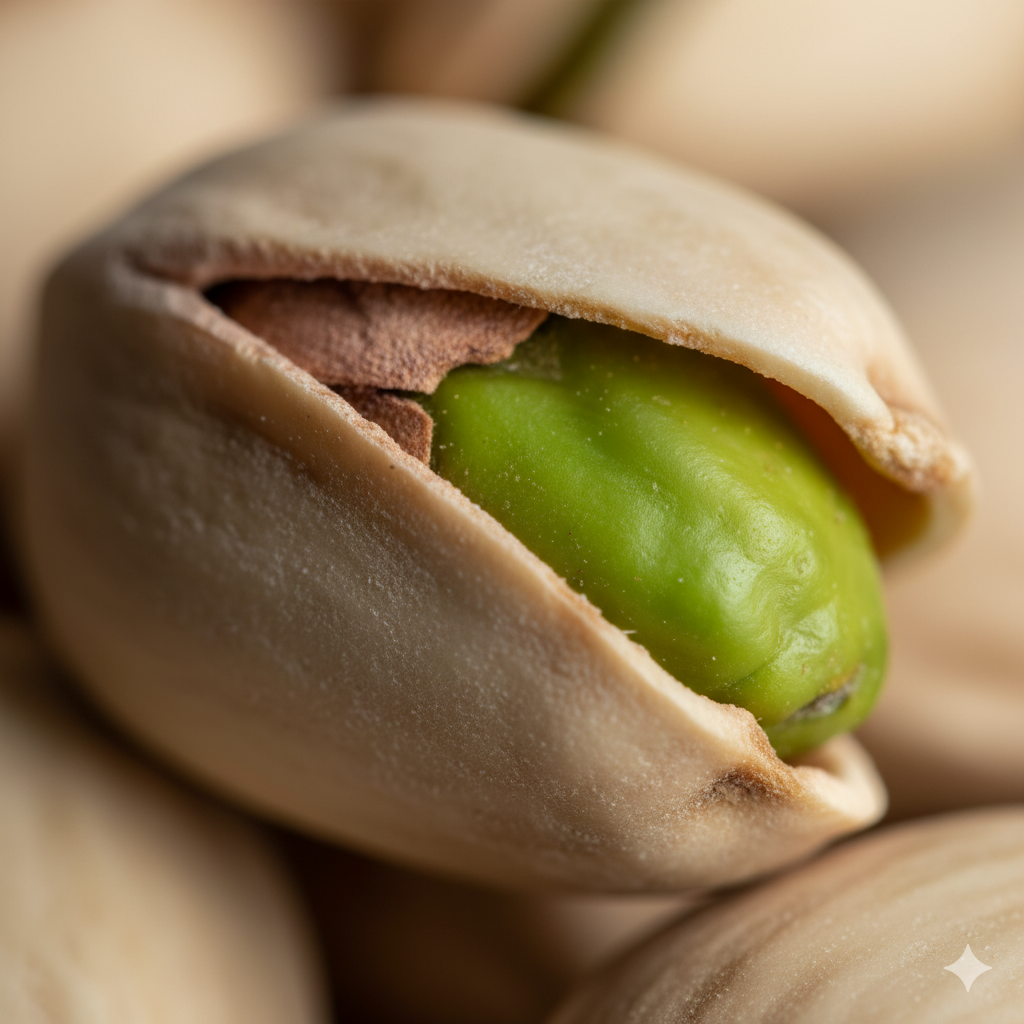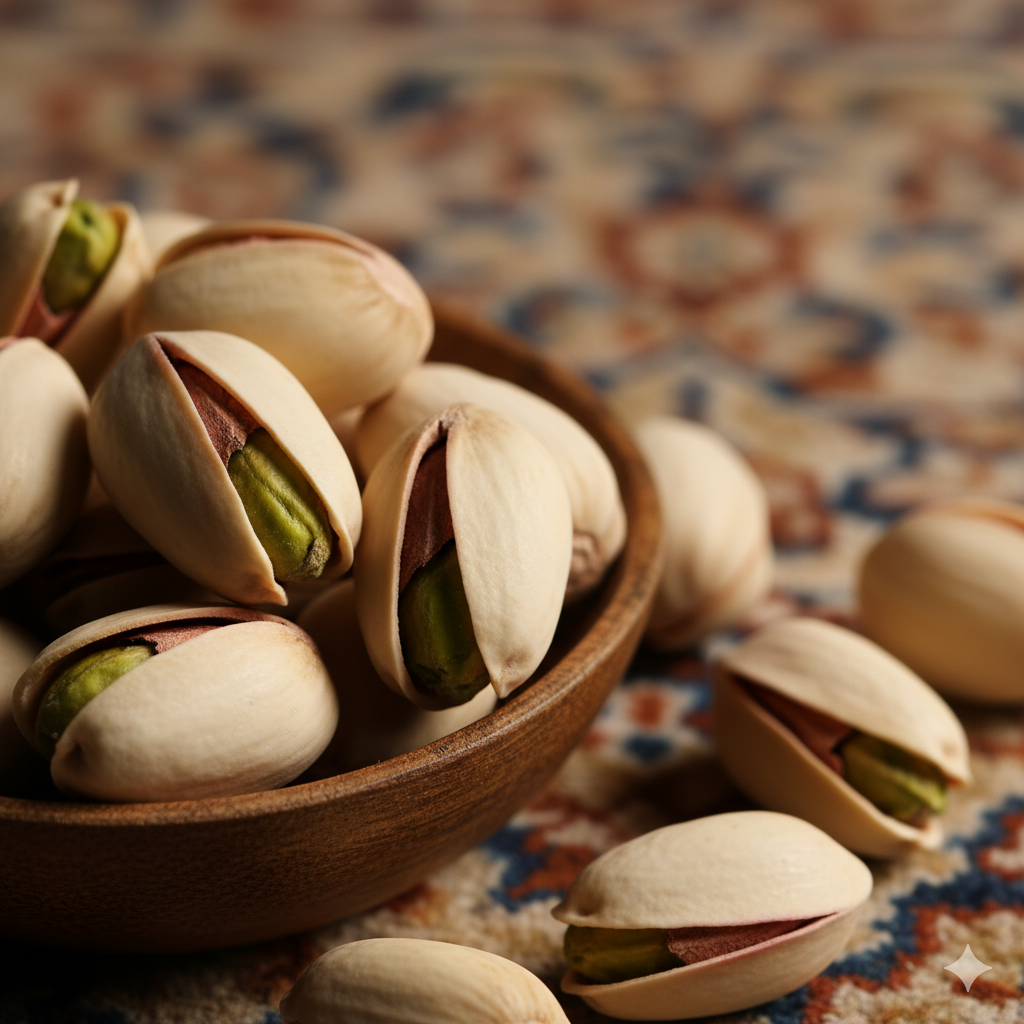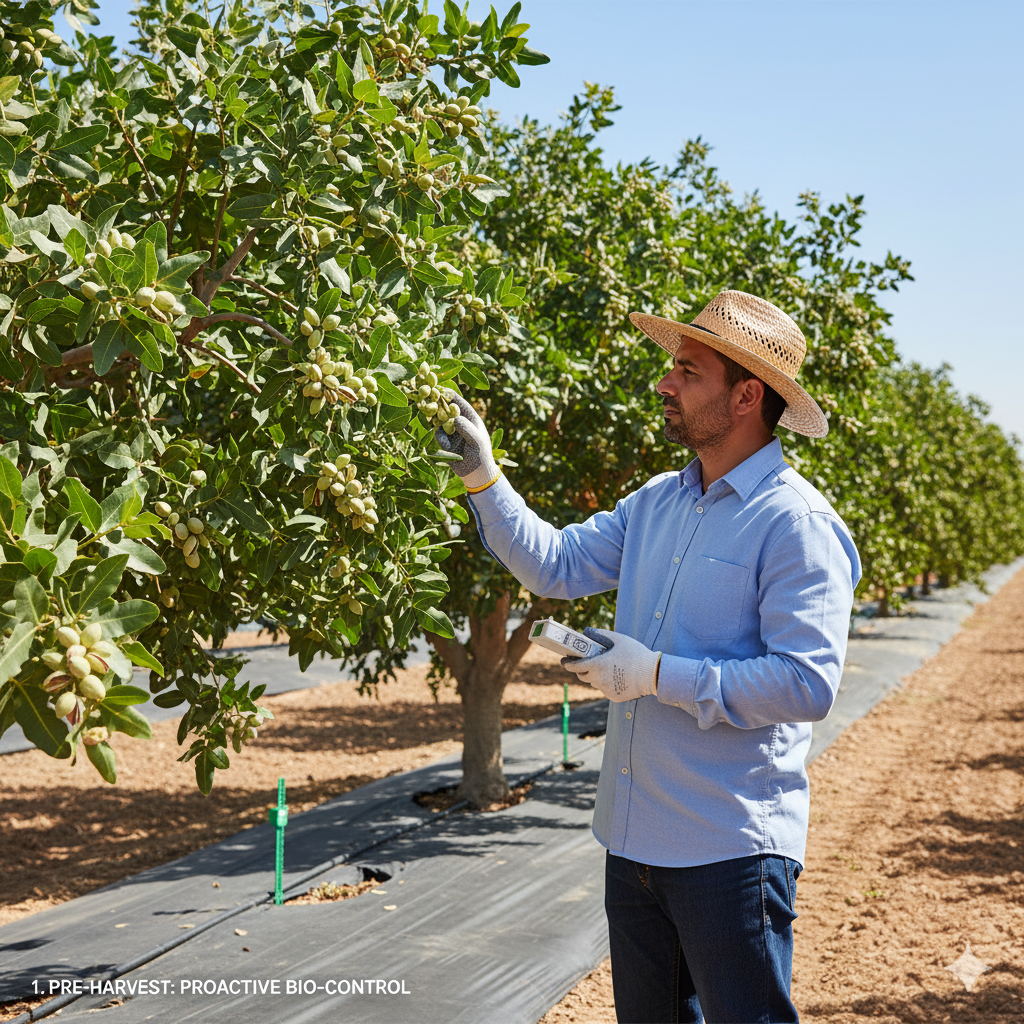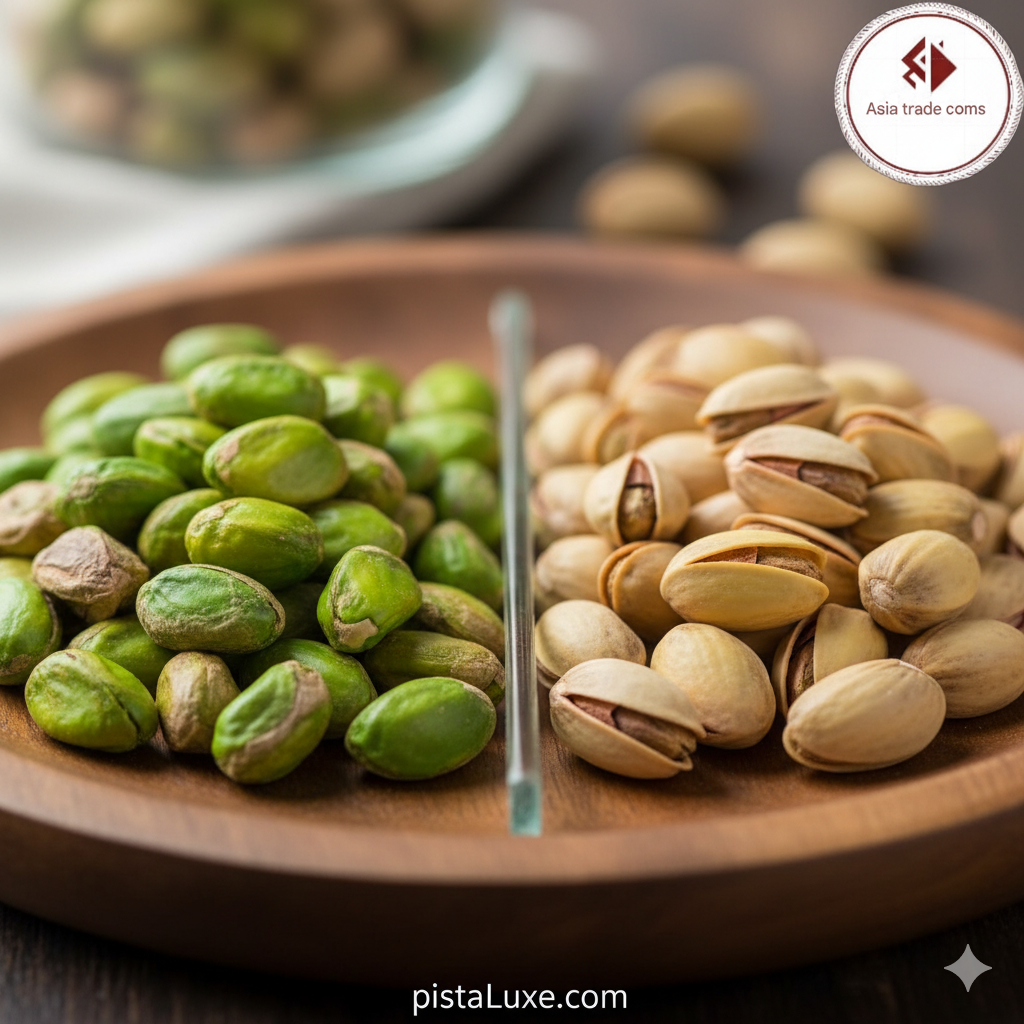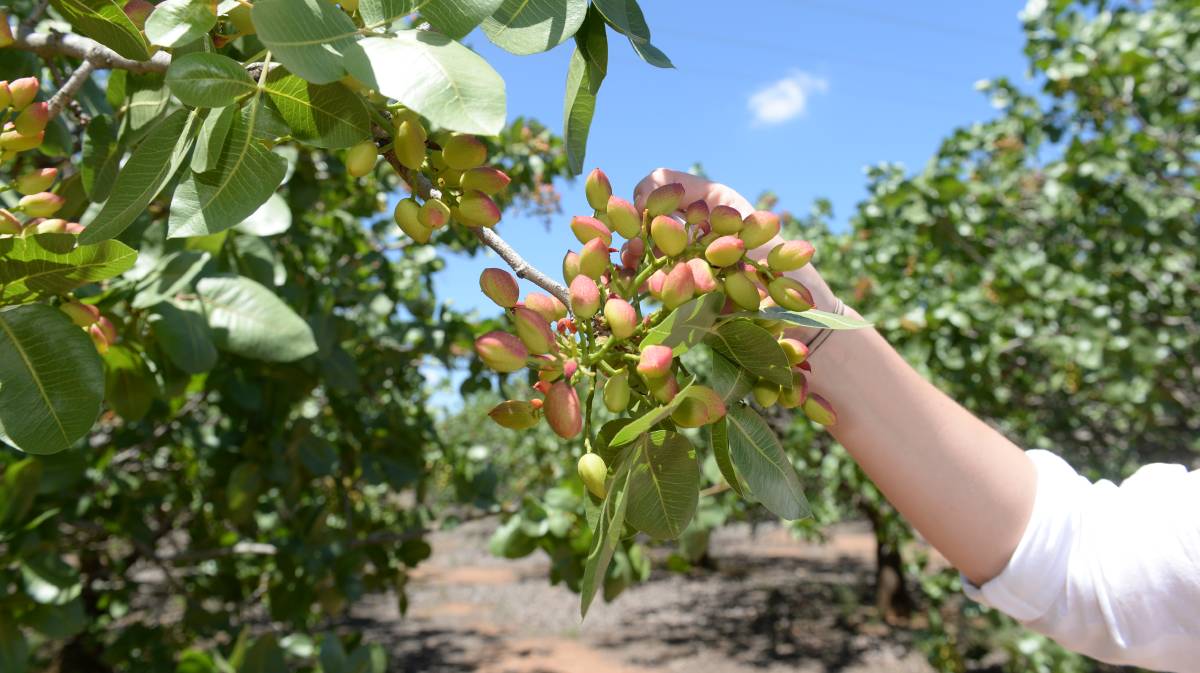
Introduction: The Unfolding European Pistachio Phenomenon
The European food landscape is undergoing a significant shift, marked prominently by the skyrocketing demand for pistachios. Once considered a niche, luxury item primarily confined to Mediterranean culinary traditions or premium confectionery, the pistachio has rapidly ascended to mainstream popularity across the continent. This burgeoning appetite, which we term European Pistachio Mania, presents both immense opportunities for distributors and substantial challenges for global supply chains. Analyzing the EU Pistachio Demand requires a multi-faceted approach, examining shifts in consumer behavior, the structural pressures on international sourcing, and the resulting market volatility.
Section 1: Drivers of Increased Consumption – Beyond Tradition
The surge in demand is not merely cyclical; it is underpinned by several powerful, structural trends shaping modern European dietary habits:
1.1 The Global Snacking Revolution
The most significant driver is the evolution of snacking culture. Consumers, particularly in Western and Northern Europe (Germany, UK, France, Benelux), are actively seeking healthier, protein-rich alternatives to processed snacks. Pistachios fit perfectly into this matrix, offering satisfying texture, perceived health benefits (fiber, antioxidants), and a relatively low glycemic index compared to carbohydrate-heavy alternatives. The rise of convenient, resealable packaging has further cemented their role as a go-to grab-and-go item. This represents a major shift in Consumption Beyond Tradition, moving the nut from the dessert plate to the daily routine.
1.2 Flavor Versatility and Culinary Integration
Pistachios are increasingly being incorporated across diverse food categories:
- Savory Applications: Use in pestos, spice rubs for meats, and as toppings for salads and grain bowls.
- Sweet Innovations: Beyond traditional ice cream and baklava, pistachios are featured in artisanal chocolate bars, flavored yogurts, energy bars, and even craft beers.
- Aesthetic Appeal: The vibrant green hue of the nut provides a premium visual cue desired by modern food marketers.
1.3 Health Halo Effect
Aggressive marketing and increasing nutritional literacy have reinforced the “healthy fat” narrative surrounding nuts. While all nuts benefit from this perception, pistachios often stand out due to their unique nutrient profile (e.g., higher lutein/zeaxanthin content compared to many other common nuts). This aligns perfectly with the EU’s public health focus on heart health and preventative nutrition.
Section 2: The Supply Chain Bottlenecks and Global Dependencies
Europe, despite pockets of cultivation (notably Italy and Greece), lacks the scale to meet this soaring demand domestically. Consequently, the market remains heavily reliant on major international producers, leading to inherent vulnerabilities in the supply structure.
2.1 The Dominance of Major Exporters
The global supply chessboard is dominated by two primary powerhouses, whose production cycles and geopolitical stability directly impact European pricing:
A. United States (California): California accounts for a vast majority of the world’s highest-quality pistachios, heavily marketed for their high yield and relatively stable (though water-intensive) production methods. US growers use advanced mechanization, making their product highly competitive on cost when crops are robust.
B. The Islamic Republic of Iran: Iranian Pistachio Exports to Europe have historically been significant, offering unique flavor profiles prized by traditional confectioners. However, Iranian supply faces significant complications:
- Geopolitical Risk: Tariffs, sanctions, and political instability introduce significant uncertainty into long-term contracts.
- Quality Control: Variability in processing and storage can sometimes lead to higher rates of aflatoxin contamination, requiring stringent EU testing protocols which can slow down imports.
2.2 The Role of Turkey and Other Sources
Turkey acts as a crucial secondary supplier, often bridging gaps between the primary producers. However, Turkish production is often more sensitive to regional climatic variations, and recent drought conditions have curtailed consistent supply volumes.
Section 3: Market Dynamics – Volatility and Price Pressure
The imbalance between rapidly escalating EU Pistachio Demand and the inelasticity of agricultural supply creates pronounced market instability.
3.1 Price Volatility in the Global Nut Market
Pistachio prices are notoriously volatile, driven by two factors: the biennial bearing cycle common to the crop, and acute weather events (heatwaves, early frosts).
When a major producer experiences a down-year, global inventories shrink rapidly. Given the time lag required for new orchards to mature (often 5-7 years to reach commercial viability), immediate supply cannot compensate.
We can model the basic market pressure using a simplified supply-demand framework. If the demand elasticity ($E_D$) remains relatively high (consumers will pay more for the desired snack), while supply elasticity ($E_S$) is low in the short run:
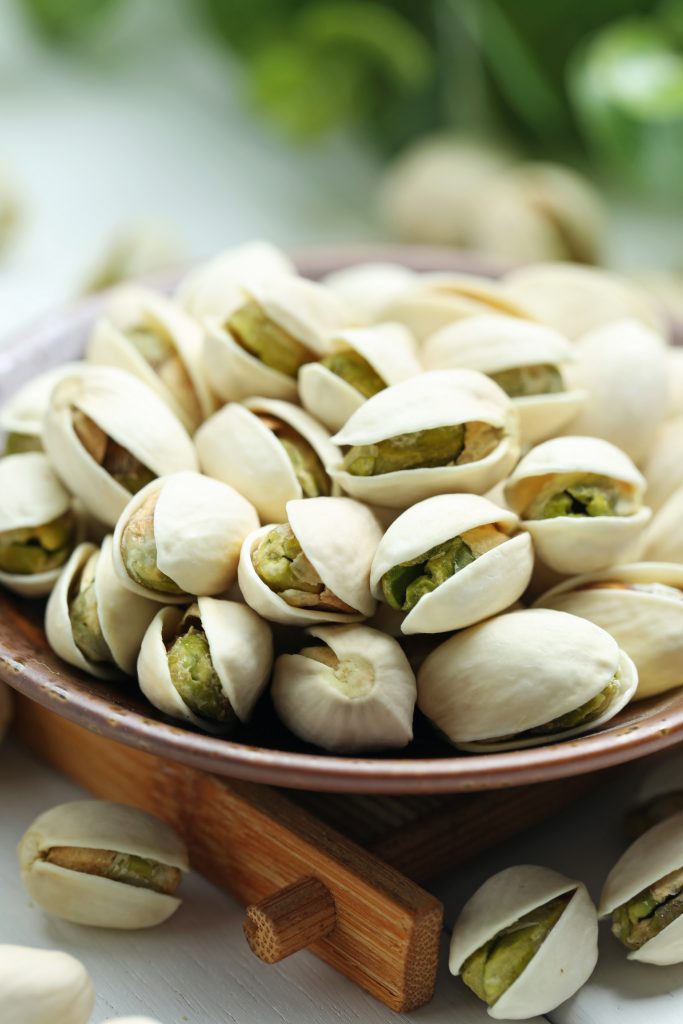
Where $\Delta D$ is the percentage increase in demand unmet by current supply capacity, leading to significant price inflation observed in the European wholesale and retail sectors.
3.2 Sourcing Difficulties and Logistics Hurdles
European importers face increasing scrutiny regarding traceability and sustainability. Furthermore, the logistics of transporting high-value, perishable agricultural goods across continents—especially through post-Brexit UK and ongoing global shipping volatility—adds layers of cost and risk. Companies must secure supply often 12 to 18 months in advance, increasing their exposure to futures market speculation.
Section 4: Challenges for the European Market
For retailers and processors aiming to capitalize on the European Pistachio Mania, several key challenges must be navigated:
4.1 Quality Consistency and Regulatory Compliance: The EU maintains rigorous food safety standards. Importers must invest heavily in testing facilities to ensure compliance, particularly concerning heavy metals and mycotoxins, which can lead to costly product recalls if sourcing from less regulated regions.
4.2 Sustainability Pressure: Consumers are increasingly concerned about the environmental footprint of their food, particularly the vast water requirements of Californian pistachio farming. Importers are beginning to prioritize suppliers who demonstrate lower water-use efficiency or are seeking novel, drought-resistant cultivars.
4.3 Competition from Substitutes: While demand is high, sustained high prices may eventually drive consumers toward cheaper, high-flavor nut alternatives (e.g., specialty almonds or cashews), dampening the long-term growth trajectory if price corrections are not realized.
Conclusion: Navigating the Green Gold Rush
The European Pistachio Mania is a defining Nut Market Trend of the decade. It signals a sophisticated consumer base willing to pay a premium for perceived health benefits and superior flavor profiles. However, this euphoria is built upon a fragile global supply structure dependent on a few key geopolitical regions. Success for European distributors will hinge not just on capitalizing on the rising demand but on mastering the complexities of securing stable, high-quality, and ethically sourced supply amidst inevitable price volatility orchestrated by Californian harvests and Middle Eastern political currents. Long-term stability may require significant investment in localized European (or nearby Mediterranean) cultivation initiatives, a process that will take years to yield substantial results.
To order or get advice on pistachio and dried fruit varieties, contact our team via our official WhatsApp. Our support team is ready to answer your questions and can help you choose the right pistachio and dried fruit. WhatsApp number 009890214773705


